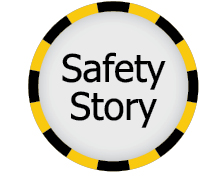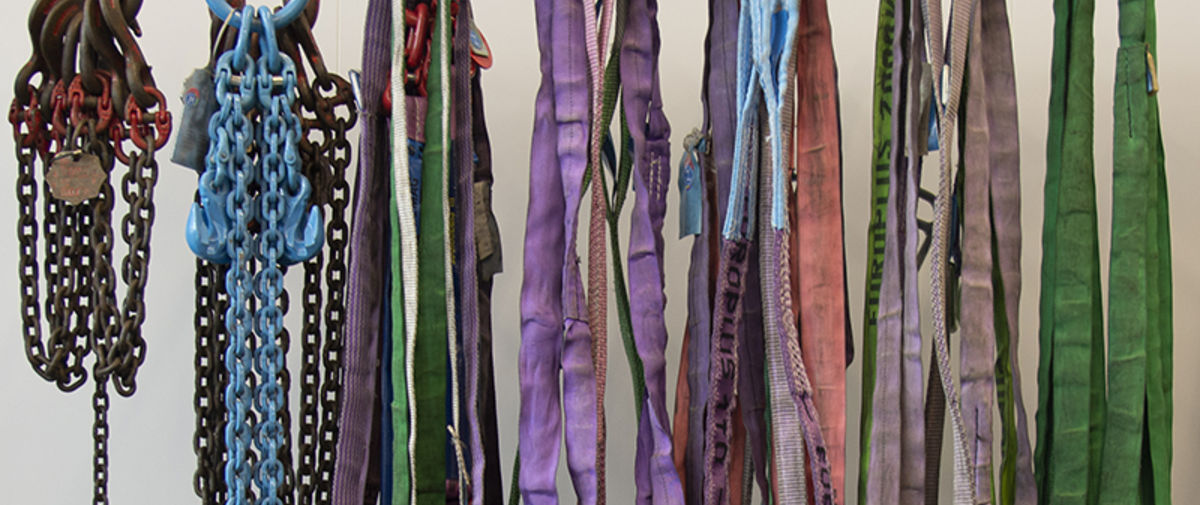 The U.S. Occupational Safety and Health Administration (OSHA) was created to ensure safe and healthful working conditions for workers by setting and enforcing standards. OSHA requires employers to keep a record of serious work-related injuries. This information helps employers, workers and OSHA evaluate the safety of a workplace, understand industry hazards, and implement worker protections to reduce and eliminate hazards. The following incident was reported to OSHA.
The U.S. Occupational Safety and Health Administration (OSHA) was created to ensure safe and healthful working conditions for workers by setting and enforcing standards. OSHA requires employers to keep a record of serious work-related injuries. This information helps employers, workers and OSHA evaluate the safety of a workplace, understand industry hazards, and implement worker protections to reduce and eliminate hazards. The following incident was reported to OSHA.
The incident
Broken sling leads to devastating injury
An employee was guiding a large piece of steel as it was being moved by an overhead crane. The sling holding the piece broke during the move, and the piece of steel fell on the left side of the employee’s body, amputating his left arm and crushing his left leg.
Preventive measure
Improve safety with regular inspections and an easy way to check sling status
Regular sling and accessory inspections can identify issues that may pose a risk to employee safety—and having digital records of inspections can further enhance safety with the immediate availability of equipment identification and inspection status.
Besides being required by law in many countries, this incident demonstrates just how important regular inspections are for the slings and accessories used in your operations. Equally important is being able to efficiently keep track of the status and inspection information.
Konecranes Slings and Accessories Inspection can identify deficiencies or deviations from applicable standards and regulations that may pose risk to the safe use of your assets, such as the sling in this incident.
Once inspected, each load lifting attachment is fitted with a radio frequency identification (RFID) tag, which, combined with a smartphone app, helps you quickly and reliably identify attachments and inspection data.
In the above incident, the employee would have been able to scan the tag on the sling in question to learn the condition and inspection status of the sling at the time it was logged out. Since a quick scan determines if the sling had been inspected, it leaves more time for the operator to check for excessive wear or damage that would cause such an incident.
When you have accessories identified with RFID tags and data records in one online location – you have an easy and reliable way to keep track of inventory and identify deviations in following local safety or other site rules.
Slings that fail inspection are often kept for some time before they are disposed of. You may waste time inspecting them over and over or worse, an operator might use a damaged sling because they didn’t have an easy way to identify its status, causing an incident such as the above. With Konecranes Slings and Accessories Inspection, there’s no more guessing as users can scan their slings and accessories anytime and anywhere to check their status.
